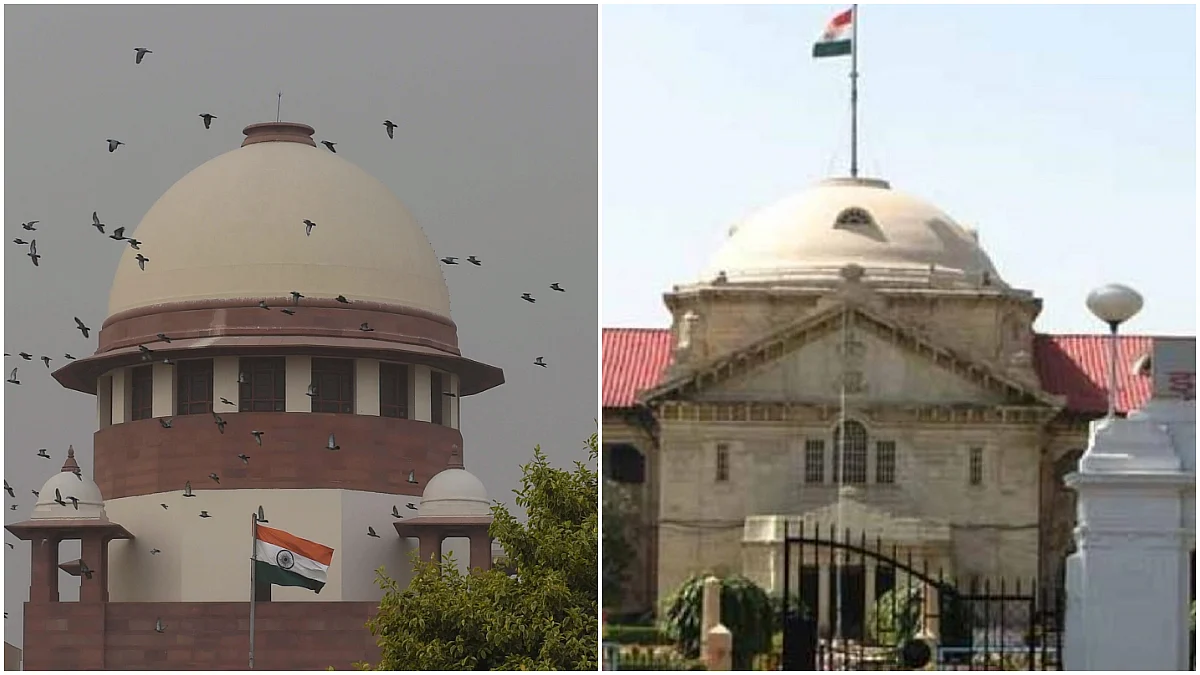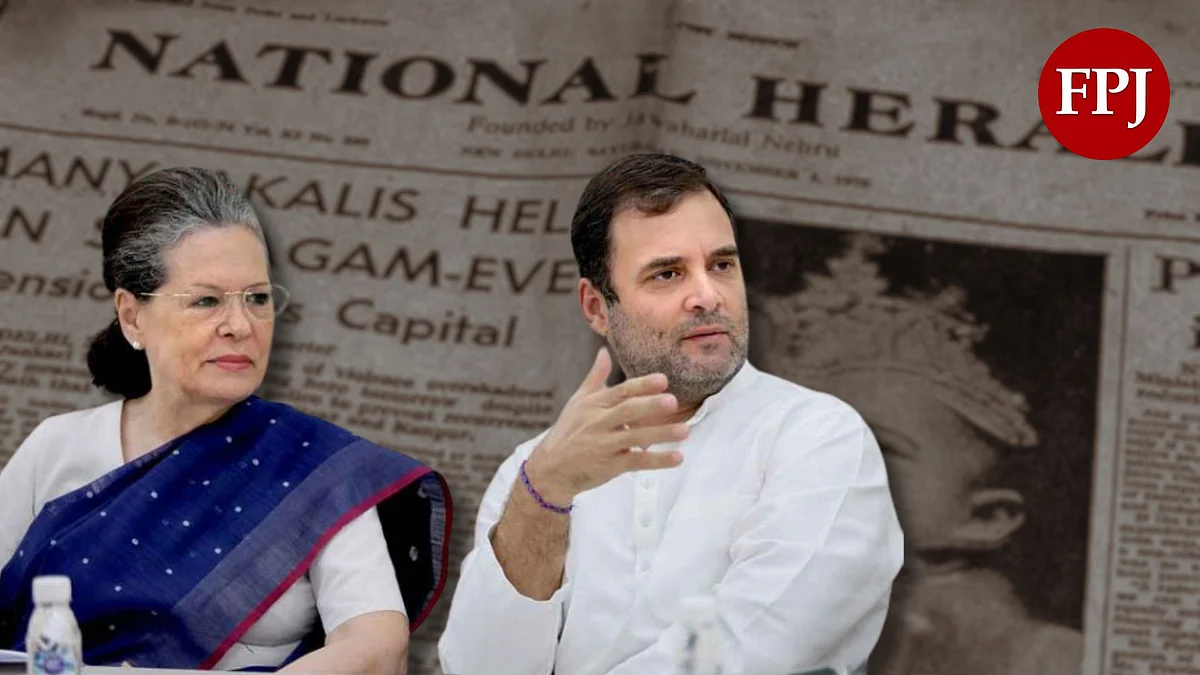In the late evening of Wednesday, May 20, shortly after the full fury of Cyclone Amphan was experienced in the coastal districts of West Bengal, not least Kolkata, Mamata Banerjee appeared to break down in front of the cameras. The lady who, a few hours ago, attempted —with a generous sprinkling of incoherence — to explain the contours of a cyclone and who had boasted that the state government was ready with its disaster management set-up, seemed completely shattered by the news of the devastation, suggesting that it was all-round destruction.
It is natural to feel sympathetic to a Chief Minister who is a one-woman army, having centralised and personalised the entire administration of a difficult state. Already beleaguered by the COVID-19 threat that had led to the state government making many wrong turns, the last thing she wanted was yet another challenge of this magnitude. And serious the Amphan devastation certainly was, although it will be a while before a stamp of authenticity can be given to her back-of-the-envelope calculation that repairing the damage would require one lakh crore rupees of resources.
The Amphan experience was additionally troubling for the state government for the simple reason that its full effects were felt in Greater Kolkata. In the recent past, cyclonic storms had either hit Odisha in the west or Bangladesh in the east. Apart from the Midnapur coast that was particularly vulnerable, West Bengal had somehow missed being in the eye of a cyclonic storm. This time, the residents of Kolkata experienced its full blast and devastation in the form of uprooted trees, destroyed boundary walls, flying tin roofs of kuchcha structures, waterlogging, destroyed cars and the snapping of electricity cables. The experience was, frankly, quite terrifying.
The problem of Kolkata becoming a disaster zone is two-fold.
First, unlike rural areas where floods and drought are not unusual, the novelty of the experience in Kolkata ensures it cannot be underplayed. Even though India’s TV channels have been accused on relegating the Amphan cyclone to secondary news status — preferring, it is said, a silly controversy over Priyanka Gandhi’s empty boast about providing buses for migrant workers stranded in Uttar Pradesh — there were enough short videos and agonised outpourings on social media for the Amphan experience to register in the public consciousness.
Secondly, because Kolkata was in the eye of the storm, there was an immediate demand from the residents to clear up the mess, get the drainage system functioning and restore electricity to areas where supply had been affected. Whereas rural folk tend to be more accepting of their ill fortune, this is not the case with the urban middle class.
The disruption in Kolkata caught the municipal authorities off guard. They were clearly unprepared to deal with the mess Amphan had left behind. A more purposeful administration would immediately have had the pumping stations working round the clock to drain the waterlogged streets as a priority and organise teams to clear the streets off fallen trees from the morning — both imperative to ensure resumption of electricity — the disaster management system that the Chief Minister had boasted of, quite simply became dysfunctional.
Conspiracy theorists suggest that the delay was pre-meditated because the state government wanted to milk every drop of sympathy for political and financial ends. A former Mayor of Bidhan Nagar, that includes the elite Salt Lake, told me that that it was possible to do an initial clean-up within 8 to 10 hours if the systems had been in place. But they weren’t.
The results were entirely predictable. Even after 48 hours of the storm, there were areas of Kolkata where electricity had not been restored and the flood waters drained. Naturally, agitated residents took to the streets, hurled abuse at the Trinamool Congress dadas who exercised political control over localities and added to the overall impression of chaos.
In political terms, this was damaging for Mamata. Already under fire for the collapsing public health system and its inability to deal with the growing number of coronavirus cases in the state, the state government’s demand for more Central funds to deal with the damage lost its familiar cutting edge. Indeed, a much-heard reaction to Prime Minister Narendra Modi’s initial allotment of Rs 10,000 crore to deal with the Amphan damage was that the money would find its way to private pockets of TMC leaders. In short, the troubled record of ‘cut money’ came to haunt the Mamata government at a time of grave challenge.
It is impossible to anticipate how the initial post-Amphan mess will play out. The Chief Minister will probably hope that the need to come together for reconstruction will obliterate the shoddy record of COVID-19 management and create a space for some renewed fight against the Centre. The possibility of such a turnaround should not be discounted and more so because the main opposition party seems excessively preoccupied with internal convulsions. In the past, Mamata has managed to claw her way back out of very difficult situations, often with the active involvement of the administration and the police. This may well happen again.
However, there is every possibility that the mood in the state has changed dramatically and that the exasperation with shrill politics and administrative ineptitude, not to mention the folklore surrounding corruption, will trigger something big. If the behaviour of the state government over the past two months is any indication, the next few months will see West Bengal being ruled by a lame-duck administration, one that has lost the political will to govern. If I was a betting man, I would closely observe the mood and moves of the upper echelons of the bureaucracy. They are usually quite reliable weathercocks.
The writer is a senior journalist and Member of Parliament, being a presidential nominee to the Rajya Sabha.









